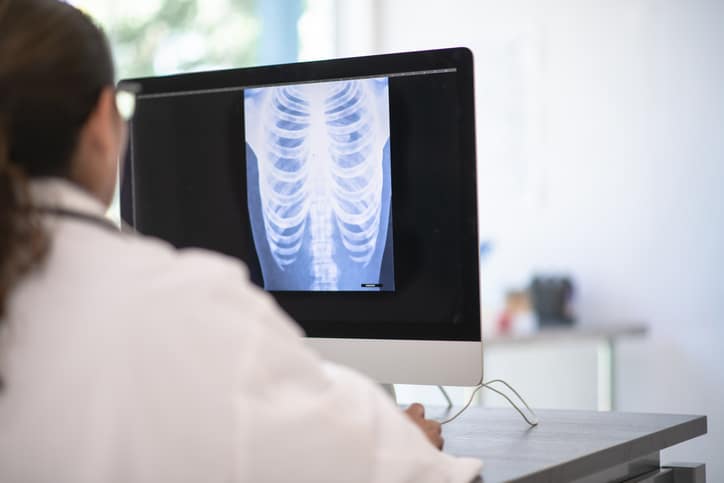
November is Lung Cancer Awareness Month, so what are the risk factors of cancer?
Smoking
About 80% of lung cancer deaths are thought to result from smoking. The risk among smokers is many times higher than among non-smokers. The longer you smoke and the more packs a day you smoke, the greater your risk.
Secondhand Smoke
If you don’t smoke, second-hand smoking can put you at risk. Breathing in the smoke of others (called secondhand smoke or environmental tobacco smoke) can increase your risk of developing lung cancer. Secondhand smoke is thought to cause more than 7,000 deaths from lung cancer each year.
Exposure to Radon and Asbestos
Radon is a naturally occurring radioactive gas that results from the breakdown of uranium in soil and rocks. You can’t see, taste, or smell it. According to the US Environmental Protection Agency (EPA), radon is the second leading cause of lung cancer in this country. It is also the leading cause among non-smokers. Outdoors, there is so little radon that it is not likely to be dangerous. But indoors, radon can be more concentrated. Breathing it in exposes your lungs to small amounts of radiation. This may increase a person’s risk of lung cancer. Homes and other buildings in nearly any part of the United States can have high indoor radon levels (especially in basements).
People who work with asbestos (such as in mines, mills, textile plants, places where insulation is used, and shipyards) are several times more likely to die of lung cancer. Lung cancer risk is much greater in workers exposed to asbestos who also smoke. It’s not clear how much low-level or short-term exposure to asbestos might raise a person’s risk.
Air Pollution
In cities, air pollution (especially near heavily trafficked roads) appears to raise the risk of lung cancer slightly. This risk is far less than the risk caused by smoking, but some researchers estimate that worldwide about 5% of all deaths from lung cancer may be due to outdoor air pollution.
Family History of Lung Cancer
If you have had lung cancer, you have a higher risk of developing another lung cancer. Brothers, sisters, and children of people who have had lung cancer may have a slightly higher risk of lung cancer themselves, especially if the relative was diagnosed at a younger age. It’s not clear how much of this risk might be due to shared genes among family members and how much might be from shared household exposures (such as tobacco smoke or radon).
For more information, visit cancer.org.
While MainStreet Family Care and KidsStreet Urgent Care do not participate in the monitoring of cancer, you can read more on the services we do offer by exploring our website.






